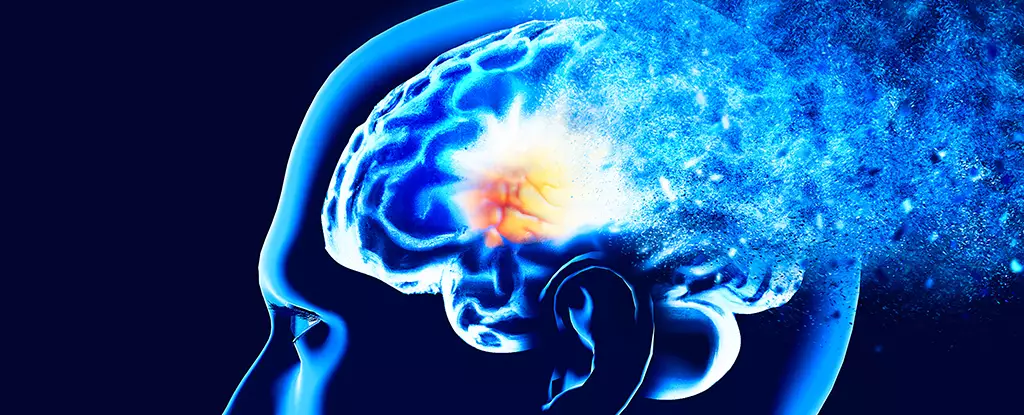Parkinson’s disease is a debilitating condition that affects millions of people worldwide, and one of the main treatments for this condition is L-DOPA (Levodopa). However, a recent study has shed light on a concerning side effect of long-term L-DOPA use – the development of dyskinesia. This condition manifests as uncontrollable movements such as twitching, swaying, and head bobbing, potentially limiting the long-term benefits of L-DOPA treatment.
Researchers at the University of Alabama at Birmingham (UAB) conducted a study to investigate the mechanisms underlying the development of dyskinesia in response to L-DOPA treatment. They discovered that cells in a critical brain area responded to the medication in a manner resembling processes involved in memory formation. Specifically, neurons known as D1-MSNs were found to be primarily responsible for the activity, expressing genes that indicated activation by L-DOPA and the formation of connections with other neurons – similar to memory formation.
One of the genes expressed by D1-MSNs cells produces a protein called Activin A, which was found to play a significant role in the onset of dyskinesia. When researchers blocked Activin A in further experiments on mice, they were able to prevent the development of dyskinesia symptoms. This led to the intriguing hypothesis that the brain was forming a “motor memory” in response to L-DOPA treatment, which was responsible for the unwanted side effects.
The findings of this study have significant implications for the treatment of Parkinson’s disease. By understanding the mechanisms underlying dyskinesia development, researchers may be able to develop interventions to prevent or mitigate this side effect of L-DOPA treatment. This could potentially allow patients to remain on their Parkinson’s treatment for longer periods without experiencing the debilitating effects of dyskinesia.
While the results of this study are promising, further research is needed to confirm these findings in human subjects. Mouse models provide valuable insights into human disease processes, but the translation to human patients is crucial for the development of effective treatments. The hope is that by addressing the issue of dyskinesia, L-DOPA treatment can continue to improve the quality of life for individuals with Parkinson’s disease while researchers work towards finding a cure for this condition.
The study on the link between L-DOPA treatment and dyskinesia offers a new perspective on the potential side effects of this common Parkinson’s treatment. By identifying the role of brain cells and the protein Activin A in the development of dyskinesia, researchers are paving the way for more targeted interventions and improved outcomes for patients with Parkinson’s disease.


Leave a Reply